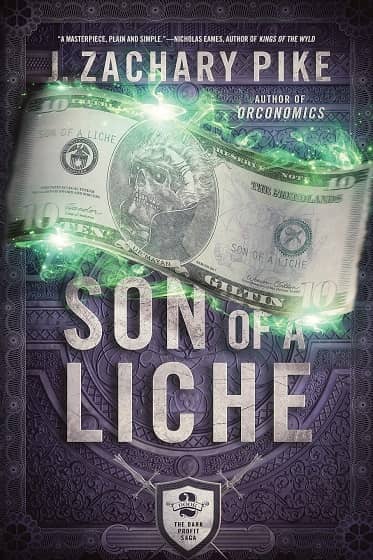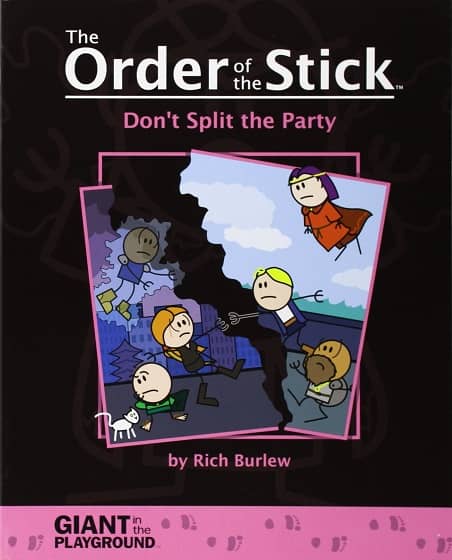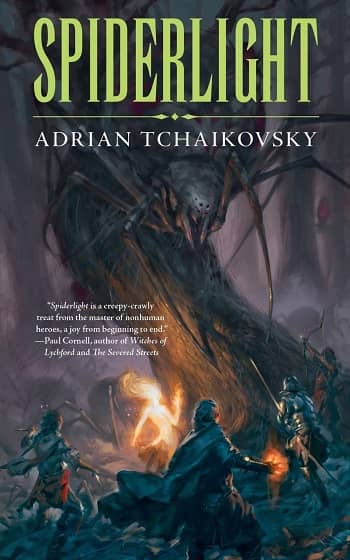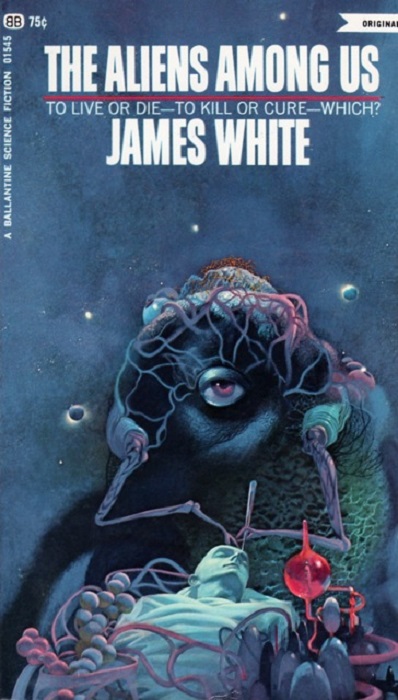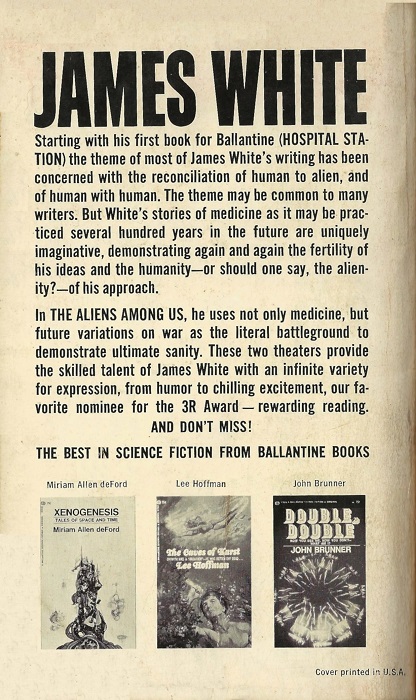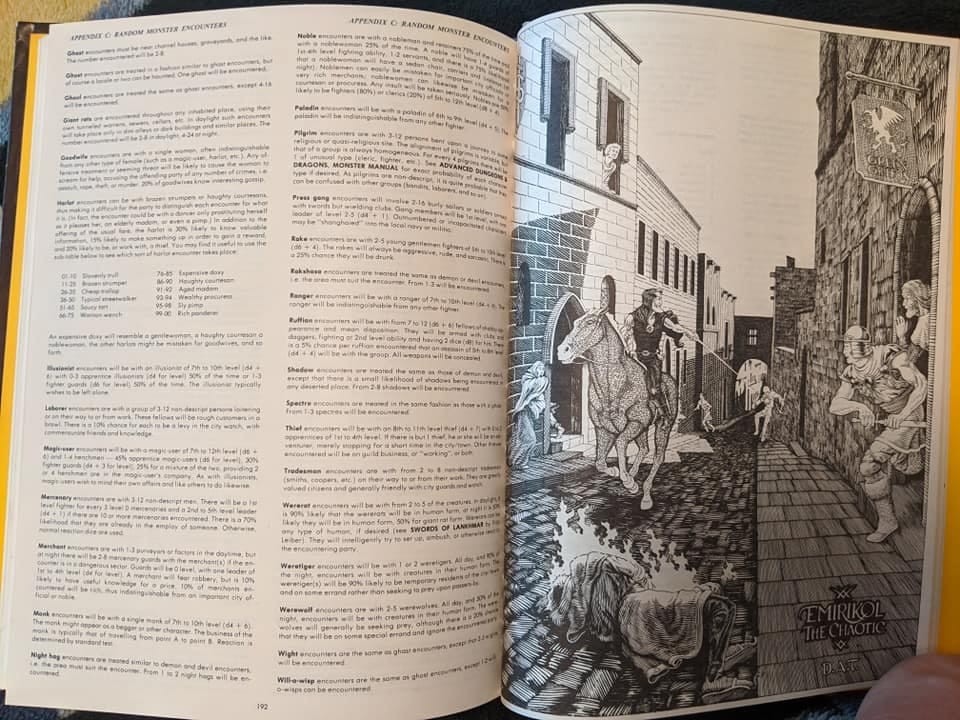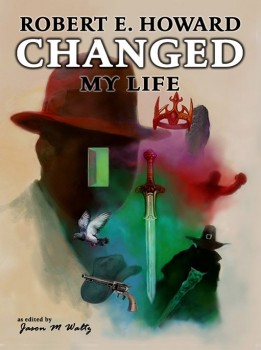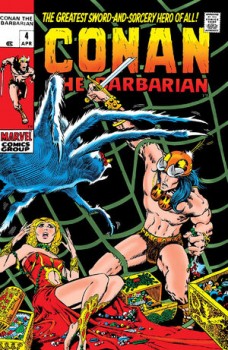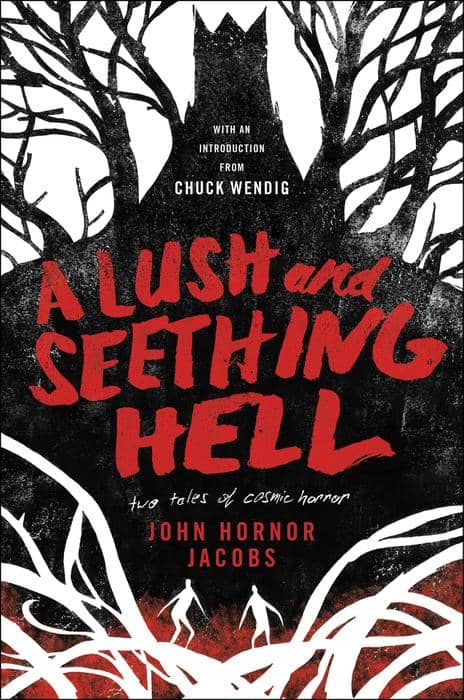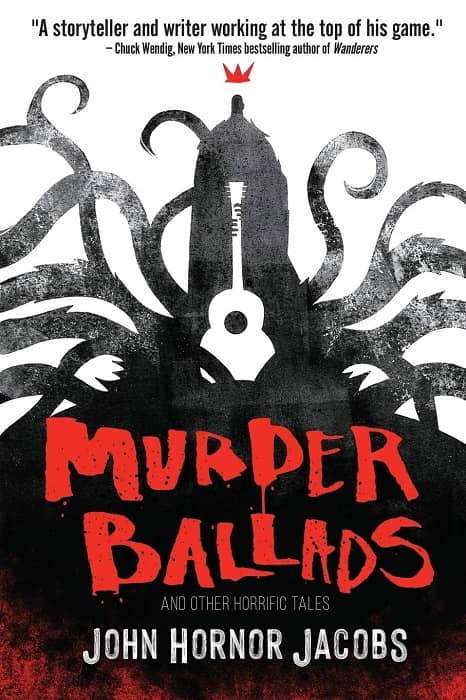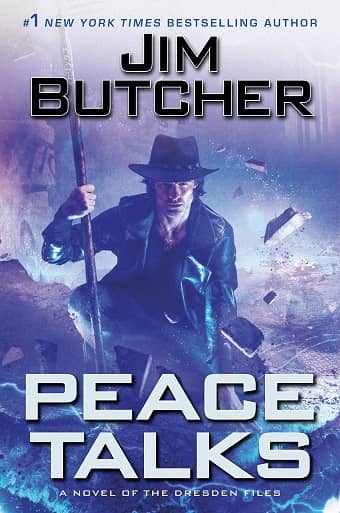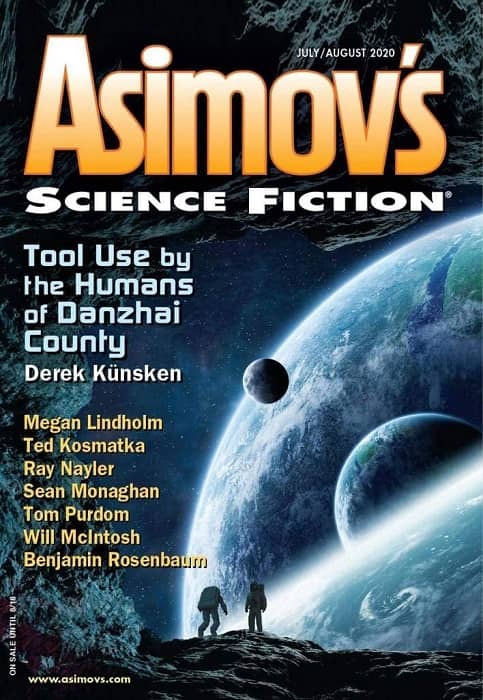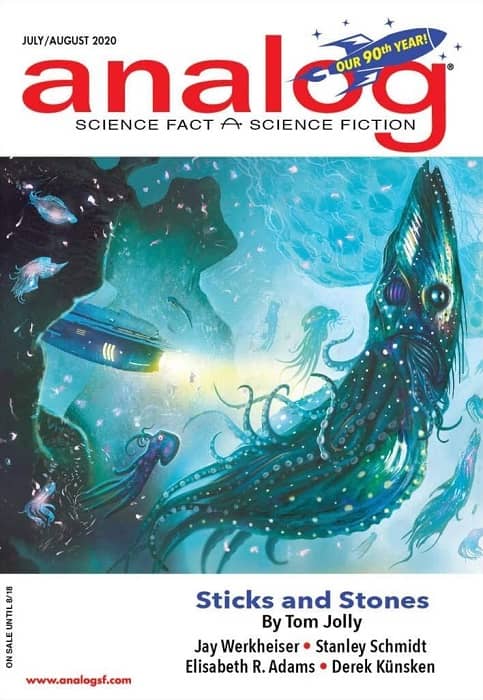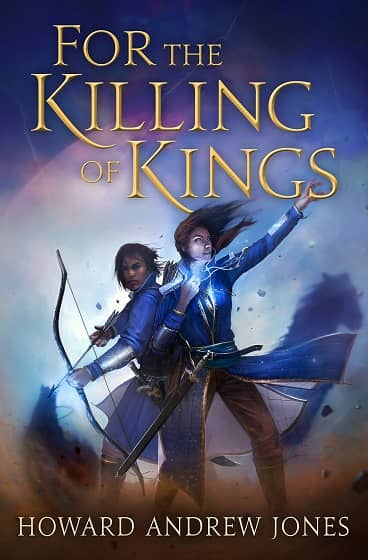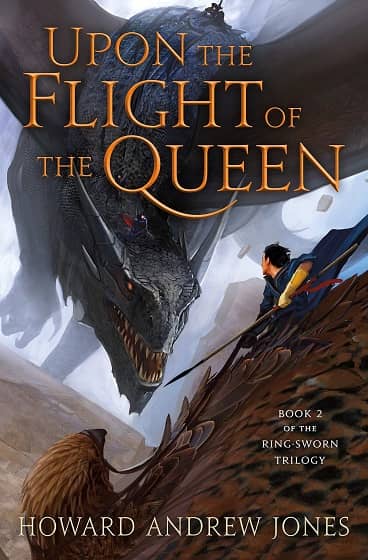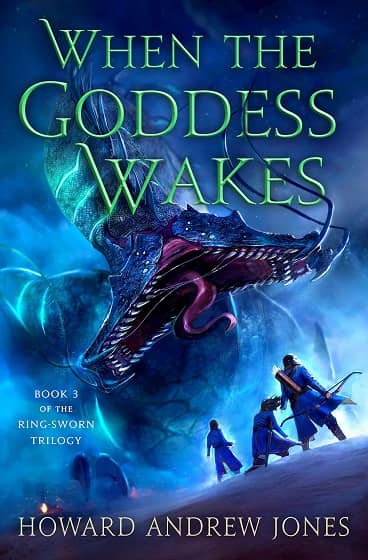What if King Harold had Prevented the Norman Conquest: After Hastings by Steven H Silver
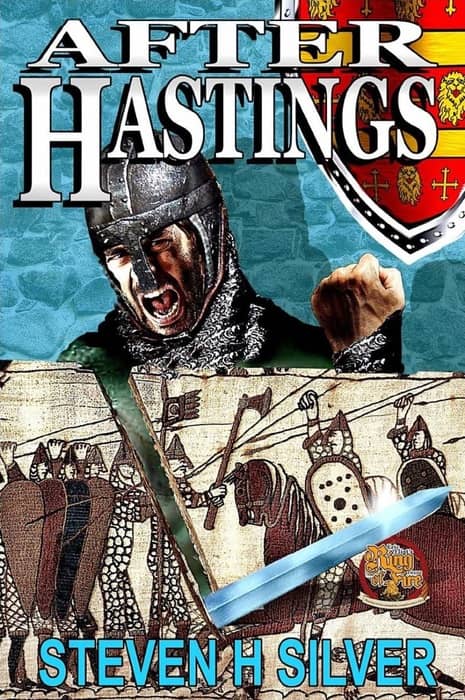 |
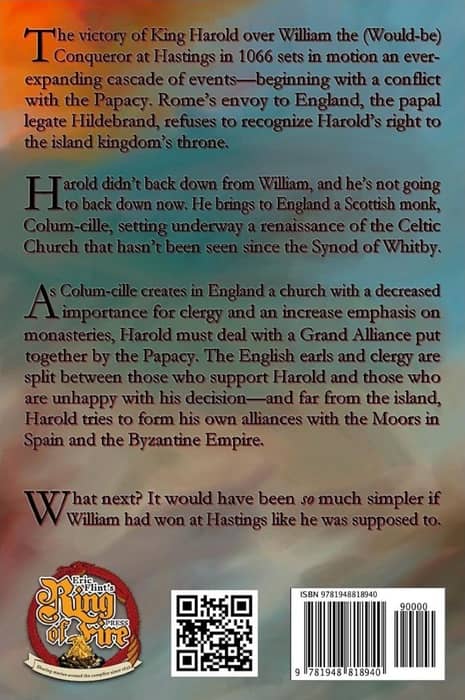 |
Cover designed by Laura Givens
Steven H Silver is one of Black Gate‘s most prolific contributors. He produced many reviews for the print magazines, sold me the terrific short story “The Cremator’s Tale” back in 2013, and has written an astonishing 471 articles for the blog.
Steven’s many accomplishments don’t end with Black Gate, however. He’s an acclaimed editor, co-editing three DAW anthologies with Martin H. Greenberg (Wondrous Beginnings, Magical Beginnings, and Horrible Beginnings), and the two volume Selected Stories of Lester del Rey for NESFA Press. His most recent anthology is Alternate Peace (June 2019), co-edited with Joshua Palmatier. From 2004-2012 he was the publisher and editor of ISFiC Press, and his annual fanzine Argentus has been nominated for the Hugo Award multiple times. In fact Steven has received 17 Hugo nominations over the years.
Last week Steven’s writing career entered an exciting new phase with the publication of his long-awaited debut novel After Hastings, a masterfully constructed alternate history from one of the field’s true experts. I asked Steven to say a few words about it for BG readers, and this is what he shared:
After Hastings is an exploration of a world in which King Harold of England successfully beats back the Norman Conquest but finds himself facing other enemies, both domestic and foreign, leading him to jump start the reformation four hundred years early.
After Hastings was published by Ring of Fire Press on July 10, 2020. It is 347 pages, priced at $15.99 in paperback and $5.99 in digital formats. The cover was designed by Laura Givens. Order copies here.
See all our coverage of recent releases by Black Gate staff here.
